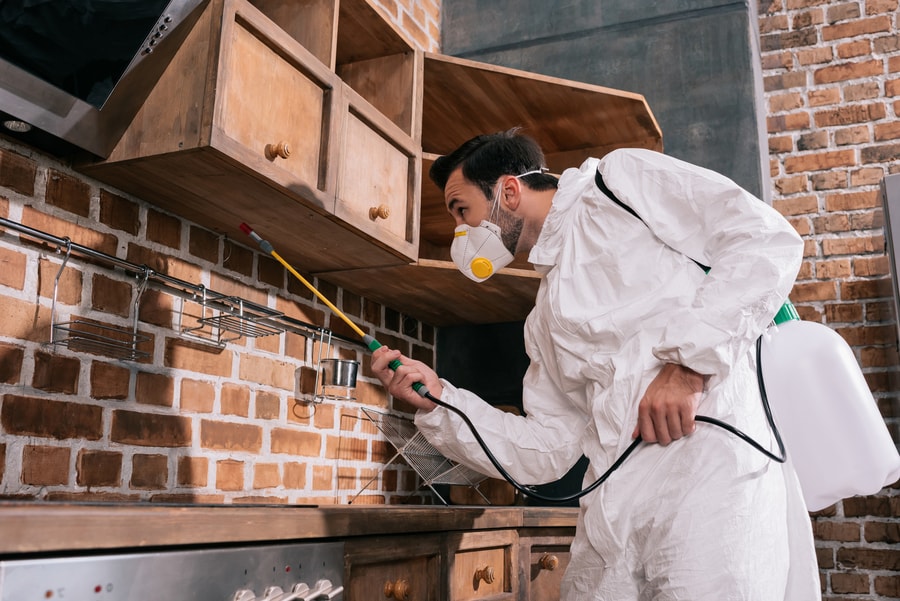What is the Difference Between Pest Control and Pesticides?
Pests can cause damage to crops and other property, as well as pose a health risk to people. When pests invade your home, the first step is identifying them. A licensed pest control operator will be able to identify the type of pest you have. They will also be able to suggest a method for removing it.
(Searching for “organic termite treatment“? Contact us today!)

The next step is to use the right pesticide. Choosing the wrong one can make your effort more expensive, as well as less effective. If you are unsure about a particular product, research it thoroughly. Use the least toxic, if possible. Make sure you store your pesticide safely away from children and pets, and that you follow the label’s instructions.
Pest control measures include physical, mechanical, and biological controls. Each technique can be used to suppress existing pests. Physical controls include barriers, machines, and light. Mechanical controls can be devices such as traps and weeders. You can also use pheromones to influence the behavior of other organisms. Natural controls, such as predatory insects, are helpful in maintaining a healthy environment.
Biological control includes the use of natural enemies, such as pathogens and predators. Using these methods can help to eliminate the threat of disease to humans or plants. It can also be used to protect against invasive species. These controls are also useful if a pest does not cause much damage.
There are two main types of pests. Continuous and sporadic. A continuous pest is present almost all the time. Typically, they attack plants and animals. Occasionally, a sporadic pest will be present, but only intermittently. In such cases, prevention is a more effective method of control.
Pesticides can be either inorganic or organic. Organic pesticides often contain natural ingredients, while inorganic ones are primarily chemical compounds. Both can be harmful if used incorrectly. Regardless of the type, pesticides must be handled with care and stored in the original container. Some are extremely potent and dangerous to people and the environment.
While it is not always necessary to apply pesticides, many people find them helpful for keeping their homes free of unwanted insects. Many of these chemicals can also be used to control diseases and fungi. Other ways to control pests are preventing them from getting to your food, or keeping them out of your area.
Biological controls include the use of predators, parasites, juvenile hormones, pheromones, and natural enemies. Predators can be beneficial for the human community because they kill insects and prevent them from reproducing.
Some insects are poisonous and may harm non-target organisms. To avoid this, be sure to choose a pesticide that is designed to target your pest. Similarly, you should follow the label’s instructions and use the least amount of pesticide possible. Also, be careful not to mix pesticides.
You can reduce the chances of pests causing problems by scouting regularly. This involves inspecting your house and garden for potential pests. Proper scouting can identify a variety of different kinds of pests and their potential to harm your home.

